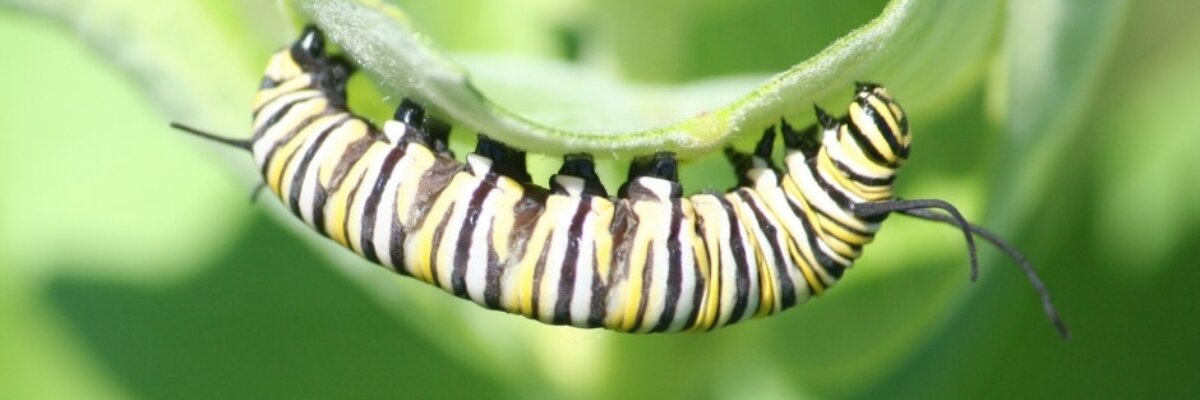
I live near the California overwintering grounds. Should I be planting milkweed in my yard?
It is not recommended to plant milkweed within 10 miles of the coast in central and northern California where milkweed did not occur historically. Instead, plant a variety of flowers native to your region that provide nectar from early spring through fall to support monarchs and other pollinators. See the Xerces Society for Invertebrate Conservation's Priority Action Zones in California for Recovering Western Monarchs to learn which monarch conservation actions are recommended in your region.
Why is planting milkweed in coastal areas discouraged?
While monarchs require milkweed for egg laying and larval development during the late-spring and summer breeding season, during the overwintering period (approx. October-March), the butterflies are usually in reproductive diapause, which means they stop mating and laying eggs. During the winter, monarchs don't need milkweed, but they do need plants that provide nectar for energy and water to keep hydrated.
Historic records suggest that milkweed was largely absent from most coastal areas of California. Because of the mild winter temperatures, milkweed planted close to the coast can often escape hard frosts and persist through the winter instead of dying back. Persistent winter milkweed encourages monarchs to continue mating and laying eggs, which disrupts their natural annual life cycle (halts winter diapause) and comes with numerous negative consequences. This phenomenon is well documented in Florida, the Gulf Coast, and Southern California, where non-native, tropical milkweed (A. curassavica) stays evergreen and is associated with winter breeding. In coastal California, even native species may act like tropical milkweed--staying green late into the fall-- and cause similar issues as tropical milkweed.
Negative consequences of winter breeding in monarchs include the following:
- OE levels in winter-breeding monarchs have been documented up to 9 times higher than OE levels in non-breeding, overwintering monarchs (Satterfield et. al., 2016). This has two primary potential outcomes to consider: Monarchs that become heavily infected with OE may die outright; and individuals that don’t die immediately have been shown to have reduced fitness but can live long enough just to further spread OE within the population – thus reducing the fitness of even more individuals.
- When monarchs are congregated at an overwintering site and milkweed is present (so breeding is possible), the large number of adults can overwhelm the comparably small amount of milkweed with eggs, resulting in all or most of the larvae starving to death. In this way, milkweed near overwintering congregations can serve as a population sink (lost reproductive potential).
- Another potential outcome is if milkweed near overwintering groves persists into the fall and early winter, just long enough to encourage breeding and egg-laying, and then dies off or goes dormant later in the winter, all or most larvae on that milkweed would starve.
The goal of monarch conservation is to increase the stable population size, and it is important to do so in a manner that supports a sustainable population as well as the natural life cycles of the monarch (including summer migration and winter breeding diapause). In wild populations, there are numerous natural factors at play, which tend to favor the strongest and most fit individuals – which, in turn, is important for the health of the entire population. Artificial or temporary boosts to population numbers resulting from human interventions that "save" individual butterflies that would have otherwise died can negatively affect the genetic health of the entire population.
If you'd like to learn more about monarch overwintering sites, please read our overwintering page. Explore our About Monarchs section for monarch life cycle and ecology information.
Check out Xerces Monarch Nectar Guide for coastal California for ideas of what to plant, and the State of Overwintering Sites Report for additional information.
